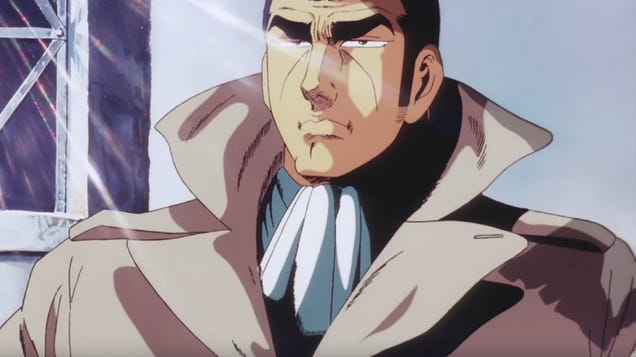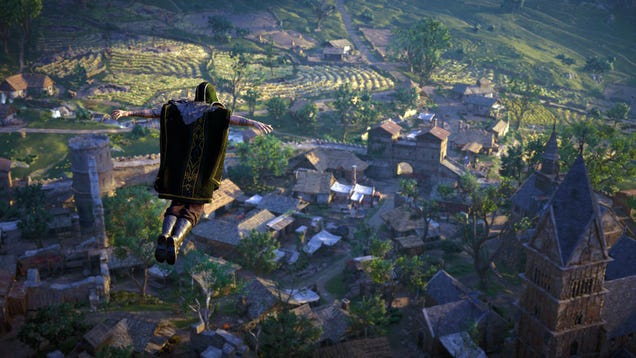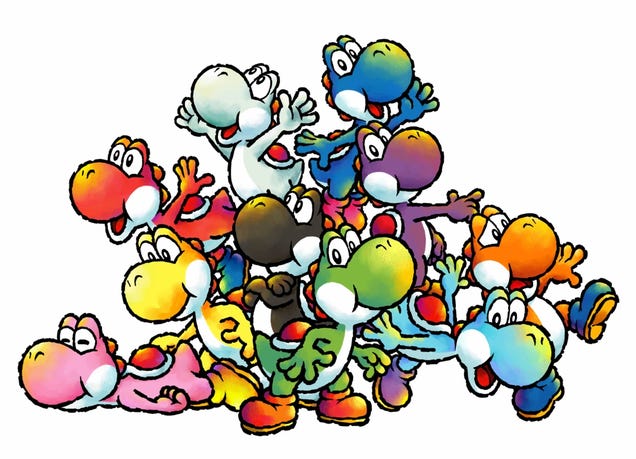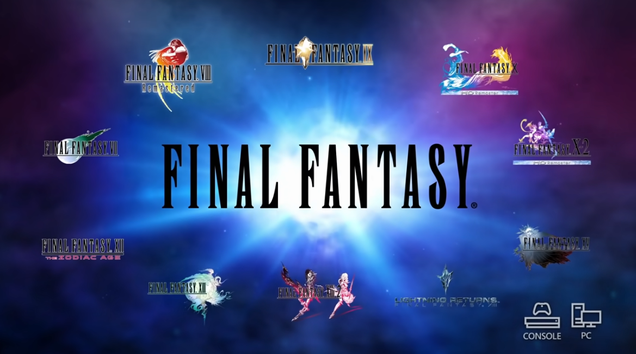
On Wednesday, the editorial department of Big Comic announced that Takao Saito passed away on September 24 from pancreatic cancer. He was 84.
Golgo 13 is the second-biggest-selling manga series of all time, between One Piece at number one and Dragon Ball at number three. It debuted in Big Comic in 1968 and has been in serialization ever since, making it the oldest manga in publication.
When Saito was coming up in the late 1950s and early 60s, he and his cohorts took a stand against the term “manga”, which is commonly used to categorize Golgo 13. The word evoked cartoony cute characters, kid stuff, they argued. “Manga” was antithetical to Saito’s style.
“My people hated that name, so we decided to call our work gekiga [literally ‘theatre-images’] to show that it was about drama,” Saito told The Financial Times in 2015. “So, no, from the very beginning I have never been a manga artist. What I produce is drama.”
Gekiga was not aimed at children, but rather at adults, with adult themes and situations. The stories were gritty, sexy and violent. The characters were hard-nosed, like the assassin that made Saito famous. The audience was ready, and Golgo 13 was a smash hit at home. Exporting it seem like a no-brainer.
Starting in the 1980s, Golgo 13 was translated into English—something that Saito was initially against, because even though the main character, also known as Duke Togo, was a modern, gun-toting hitman, he was deeply influenced by samurai.
Read the full article on Kotaku









